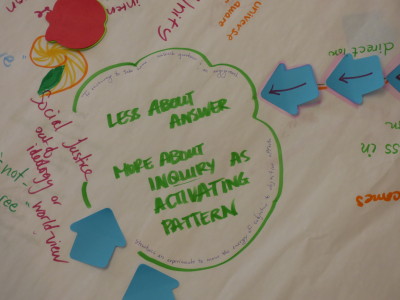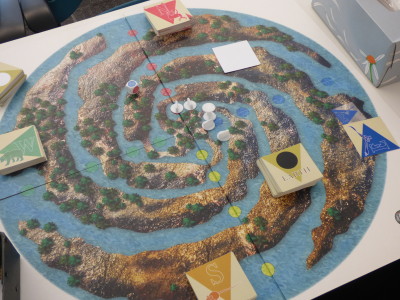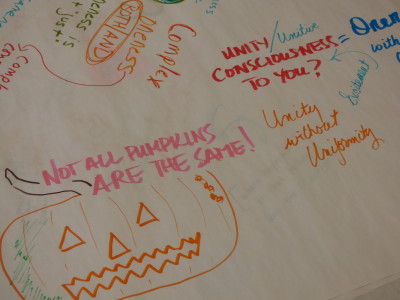This week I learned more about Compassion in Action. It was Reverend Bob Thompson who shared a great story of people everywhere picking up the practice of compassion. It arises from some simple, yet powerful questions — what would it take for us to be more kind together? It arrises from a desire to create large scale practice with the least amount of management necessary.
Earlier this month I also worked with a faith community and congregation just beginning to pick up the values of trust, listening, and kindness. TLK, comes from a exercise in which I invited them to name values that would most influence their community if practiced widely. Practiced without finish line. Practiced spontaneously, again without need for managing.
Both of these experiences are about creating culture. What a group of people are known for. The palpable, obvious stuff. “If nothing else, do this” kinds of practices. Compassion, trust, listening, kindness.
What I learn among these is that some people want to massage definitions extensively. I get that the purpose is clarity. Yet, it is overlooking the primary purpose that is named in this photo. The definition matters less — that is an endless inquiry, and sometimes debate of nuance and personal experience. What matters more is the inquiry that surrounds it. “What does compassion mean to you?” “In what way is kindness here now?”
It is the inquiry that creates the culture. The particular topic matters, but it is merely the gateway to the the community of people taking care of themselves, learning, growing, even in differences.



